Home>Garden Essentials>How Many Pounds Of Grass Seed Per Acre For Pasture
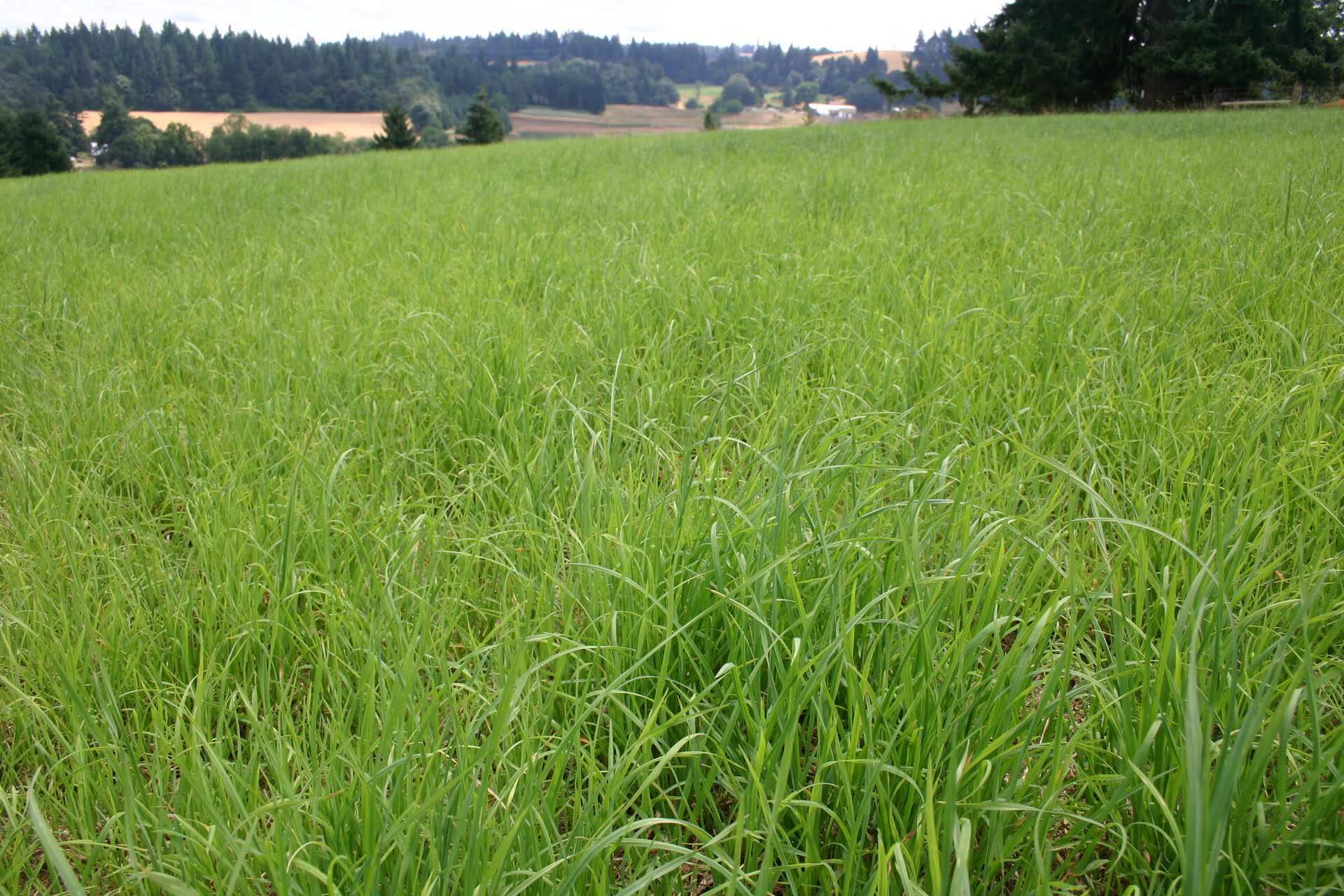

Garden Essentials
How Many Pounds Of Grass Seed Per Acre For Pasture
Modified: March 15, 2024
Learn how many pounds of grass seed per acre you need for your garden pasture. Get expert advice and tips for successful seeding.
(Many of the links in this article redirect to a specific reviewed product. Your purchase of these products through affiliate links helps to generate commission for Storables.com, at no extra cost. Learn more)
Introduction
Welcome to the wonderful world of pasture management and grass seed rates! If you’re looking to establish or improve your pasture, determining the optimal amount of grass seed per acre is crucial. Getting the right seed rate can help ensure a successful establishment and a bountiful harvest of high-quality forage for your livestock.
Factors such as seed purity, soil condition, desired forage quality, and even your regional climate can influence the appropriate grass seed rate for your pasture. Understanding these factors and making informed decisions will set you on the path to a thriving and productive pasture.
In this article, we will delve into the various considerations that go into determining the ideal grass seed rate per acre for pasture. We’ll discuss recommended rates based on different grass species, as well as how to adjust the seeding rate based on factors such as seed purity, soil type, and desired forage quality.
By the end of this article, you’ll have the knowledge and confidence to make informed decisions about the optimal grass seed rate for your pasture. So let’s dive in and explore the factors that play a role in determining the pounds of grass seed per acre for your specific needs.
Key Takeaways:
- Determine the ideal grass seed rate per acre by considering factors like grass species, seed quality, soil type, and desired forage density. Adjust rates based on specific conditions for a thriving pasture.
- Research specific grass species and adjust seeding rates based on seed quality, soil type, and desired forage density to ensure successful establishment and high-quality forage production.
Read more: How Many Pounds Of Wheat Seed Per Acre
Factors to Consider When Determining Grass Seed Rate
When determining the grass seed rate for your pasture, it’s important to consider several key factors. These factors will help you make an informed decision and ensure the successful establishment of your desired grass species. Let’s take a look at these factors:
- Grass Species: Different grass species have different growth habits and requirements. Some species may require a higher seed rate for successful establishment, while others may be more resilient and require a lower seed rate. Research the specific grass species you plan to sow and consider its recommended seeding rate for optimal results.
- Seed Purity and Viability: The purity and viability of the grass seed can impact the rate at which it should be sown. High-quality seed with good purity and high germination rates can be sown at lower rates, while lower-quality seed may require a higher seeding rate to ensure sufficient establishment.
- Soil Type and Condition: Soil plays a crucial role in the success of grass establishment. Different soil types and conditions can affect seed-to-soil contact, nutrient availability, and water-holding capacity. Clay soils, for example, may require a higher seed rate to compensate for their heavier texture, while sandy soils may require a lower seed rate. Additionally, soil that is rich in organic matter and well-drained is more conducive to optimal seed germination and establishment.
- Desired Forage Quality: The desired quality and density of forage in your pasture will also influence the grass seed rate. If you aim for a dense, high-quality pasture, a higher seed rate may be necessary to achieve the desired thickness and stand density. On the other hand, if you prioritize a more open and extensive pasture, a lower seed rate may be suitable.
By carefully considering these factors, you can determine the appropriate grass seed rate per acre for your pasture. Next, we’ll explore the recommended grass seed rates for different grass species commonly used in pastures.
Recommended Grass Seed Rates per Acre for Pasture
When it comes to determining the ideal grass seed rate per acre for your pasture, it’s important to consider the specific grass species you plan to sow. Different grass species have different recommended seeding rates based on their growth habits and establishment requirements. Here are some common grass species used in pastures and their recommended seeding rates:
- Kentucky Bluegrass (Poa pratensis): Kentucky Bluegrass is a popular cool-season grass known for its fine texture and attractive appearance. It is recommended to sow Kentucky Bluegrass at a rate of 2-3 pounds per 1000 square feet or 90-130 pounds per acre. This grass species requires good seed-to-soil contact for successful establishment.
- Perennial Ryegrass (Lolium perenne): Perennial Ryegrass is another cool-season grass commonly used in pastures. It has a fast establishment rate and provides excellent forage quality. The recommended seeding rate for Perennial Ryegrass is around 20-30 pounds per acre.
- Tall Fescue (Festuca arundinacea): Tall Fescue is a popular cool-season grass that is known for its adaptability and durability. It can tolerate a wide range of soil types and conditions. The recommended seeding rate for Tall Fescue is approximately 6-8 pounds per 1000 square feet or 260-350 pounds per acre.
- Bermudagrass (Cynodon dactylon): Bermudagrass is a warm-season grass known for its rapid growth and excellent tolerance to heat and drought. It is recommended to sow Bermudagrass at a rate of 1-2 pounds per 1000 square feet or 45-90 pounds per acre. Keep in mind that Bermudagrass is typically established from sprigs or sod rather than seeds.
- Orchardgrass (Dactylis glomerata): Orchardgrass is a cool-season grass that is commonly used for both grazing and hay production. It has good forage quality and establishes well under a variety of conditions. The recommended seeding rate for Orchardgrass is approximately 10-15 pounds per acre.
It’s crucial to note that these are general recommendations, and specific seeding rates may vary depending on factors such as seed purity, soil type, and desired forage quality. Adjustments to these rates may be necessary based on your specific circumstances.
Next, we’ll discuss how to adjust the grass seed rate based on factors such as seed purity and viability, soil type and condition, and desired forage quality.
Adjusting Grass Seed Rate Based on Seed Purity and Viability
The purity and viability of the grass seed can impact the rate at which it should be sown. High-quality seed with good purity and high germination rates can be sown at lower rates, while lower-quality seed may require a higher seeding rate to ensure sufficient establishment.
When working with high-quality seed that has a high purity and germination rate, you can adjust the grass seed rate by following these guidelines:
- Full Purity and Germination: If your seed has a high purity level (i.e., minimal presence of weed seeds and other contaminants) and a very high germination rate (typically above 85%), you can confidently sow the grass seed at the recommended rate for the specific grass species.
- Lower Purity or Germination: If the seed has a lower purity level or germination rate, it’s advisable to adjust the grass seed rate accordingly. Increase the seeding rate by 10-20% to compensate for any potential lower germination rates and ensure adequate establishment.
By adjusting the grass seed rate based on seed purity and viability, you can optimize the chances of successful establishment and minimize the risk of weed competition.
Now that we have discussed the importance of seed quality, let’s move on to adjusting the grass seed rate based on soil type and condition.
For a new pasture, use 25-30 pounds of grass seed per acre. For overseeding an existing pasture, use 15-20 pounds per acre. Adjust based on specific grass species and local conditions.
Adjusting Grass Seed Rate Based on Soil Type and Condition
The soil type and condition of your pasture play a crucial role in determining the appropriate grass seed rate. Different soil types and conditions can affect seed-to-soil contact, nutrient availability, and water-holding capacity. Here’s how you can adjust the grass seed rate based on soil type and condition:
- Clay Soils: Clay soils retain moisture well but can become compacted, making it harder for grass seeds to establish. If you are working with clay soil, consider increasing the grass seed rate to compensate for potential lower seed-to-soil contact. Increase the seeding rate by around 10-15% to ensure adequate establishment.
- Sandy Soils: Sandy soils drain quickly and may require a lower seed rate compared to other soil types. Decrease the seeding rate by around 10-15% to prevent overcrowding and provide enough space for each seedling to develop properly.
- Loamy Soils: Loamy soils are considered ideal for grass establishment. If you have loamy soil, you can follow the recommended seeding rates for your specific grass species without significant adjustments.
- Poorly Drained Soils: Poorly drained soils can hinder seed germination and establishment. Increase the grass seed rate by around 10-15% to account for potential seedling mortality due to excessive moisture. This will help ensure adequate stand density.
- Fertile Soils: If your soil is rich in organic matter and nutrients, you can slightly reduce the grass seed rate. Decrease the seeding rate by around 5-10% to prevent excessive competition among seedlings and encourage healthy growth.
Remember, soil testing is beneficial in determining the exact soil conditions and nutrient levels in your pasture. Conducting a soil test before seeding can provide valuable insights and help you make more precise adjustments to the grass seed rate based on your soil’s specific characteristics.
Now that we’ve covered adjustments based on soil type and condition, let’s move on to adjusting the grass seed rate based on desired forage quality.
Read more: How Many Pounds Per Acre For Grass Seed
Adjusting Grass Seed Rate Based on Desired Forage Quality
The desired forage quality in your pasture is another key factor to consider when determining the appropriate grass seed rate. The forage quality can be influenced by factors such as stand density, species composition, and nutrient content. Here’s how you can adjust the grass seed rate based on the desired forage quality:
- Dense and High-Quality Forage: If you aim to have a dense and high-quality forage in your pasture, it’s recommended to increase the grass seed rate. Increasing the seeding rate by around 10-15% will help achieve a thicker stand and better competition against weeds, resulting in higher forage yields and improved quality.
- Open and Extensive Pasture: If you prefer a more open and extensive pasture with less dense forage, you can slightly decrease the grass seed rate. Decrease the seeding rate by around 5-10% to create a more open stand with less competition among grass seedlings.
- Species Composition: Consider adjusting the grass seed rate based on the desired species composition in your pasture. If you want a specific grass species to dominate, increase its seeding rate while reducing the rate of other species. This will help establish and maintain the desired species balance.
- Overseeding Existing Pasture: If you are overseeding an existing pasture to improve its forage quality, adjust the grass seed rate based on the desired level of improvement. For minor improvements, a lower seeding rate may be sufficient. For significant improvements, increase the seeding rate by about 10-15% to ensure successful establishment and competition against existing grasses.
By considering your desired forage quality and making appropriate adjustments to the grass seed rate, you can customize your pasture to meet your specific needs and preferences.
Now that we’ve covered the adjustments based on desired forage quality, let’s summarize the key points and conclude our discussion on determining the pounds of grass seed per acre for pasture.
Conclusion
Determining the ideal grass seed rate per acre for your pasture is crucial for successful establishment and the production of high-quality forage. By considering various factors such as grass species, seed purity and viability, soil type and condition, and desired forage quality, you can make informed decisions and optimize the chances of a thriving pasture.
Research the specific grass species you plan to sow and follow the recommended seeding rates. Adjust the grass seed rate based on the purity and viability of the seed. Increase the rate for lower-quality seed and decrease it for high-quality seed.
Consider the characteristics of your soil type and condition. Adjust the seed rate for clay soils by increasing it, while sandy soils may require a lower rate. Poorly drained soils may need a slightly higher seed rate, and fertile soils may tolerate a slight reduction in the rate.
Think about your desired forage quality and make adjustments accordingly. Increase the seed rate for a dense and high-quality forage and decrease it for a more open and extensive pasture. Adjust the seed rate based on the desired species composition and if you’re overseeding an existing pasture.
Remember, these recommendations are general guidelines, and it’s essential to consider your specific circumstances and consult with local experts if needed. Conducting soil tests and working with reputable seed suppliers can also provide valuable insights to help fine-tune the recommended seed rates.
By determining the pounds of grass seed per acre with careful consideration of these factors, you’ll be on your way to establishing a thriving pasture that will provide abundant and nutritious forage for your livestock.
So go ahead and sow those seeds, and may your pasture flourish with vibrant green grass and happy grazing animals!
Frequently Asked Questions about How Many Pounds Of Grass Seed Per Acre For Pasture
Was this page helpful?
At Storables.com, we guarantee accurate and reliable information. Our content, validated by Expert Board Contributors, is crafted following stringent Editorial Policies. We're committed to providing you with well-researched, expert-backed insights for all your informational needs.
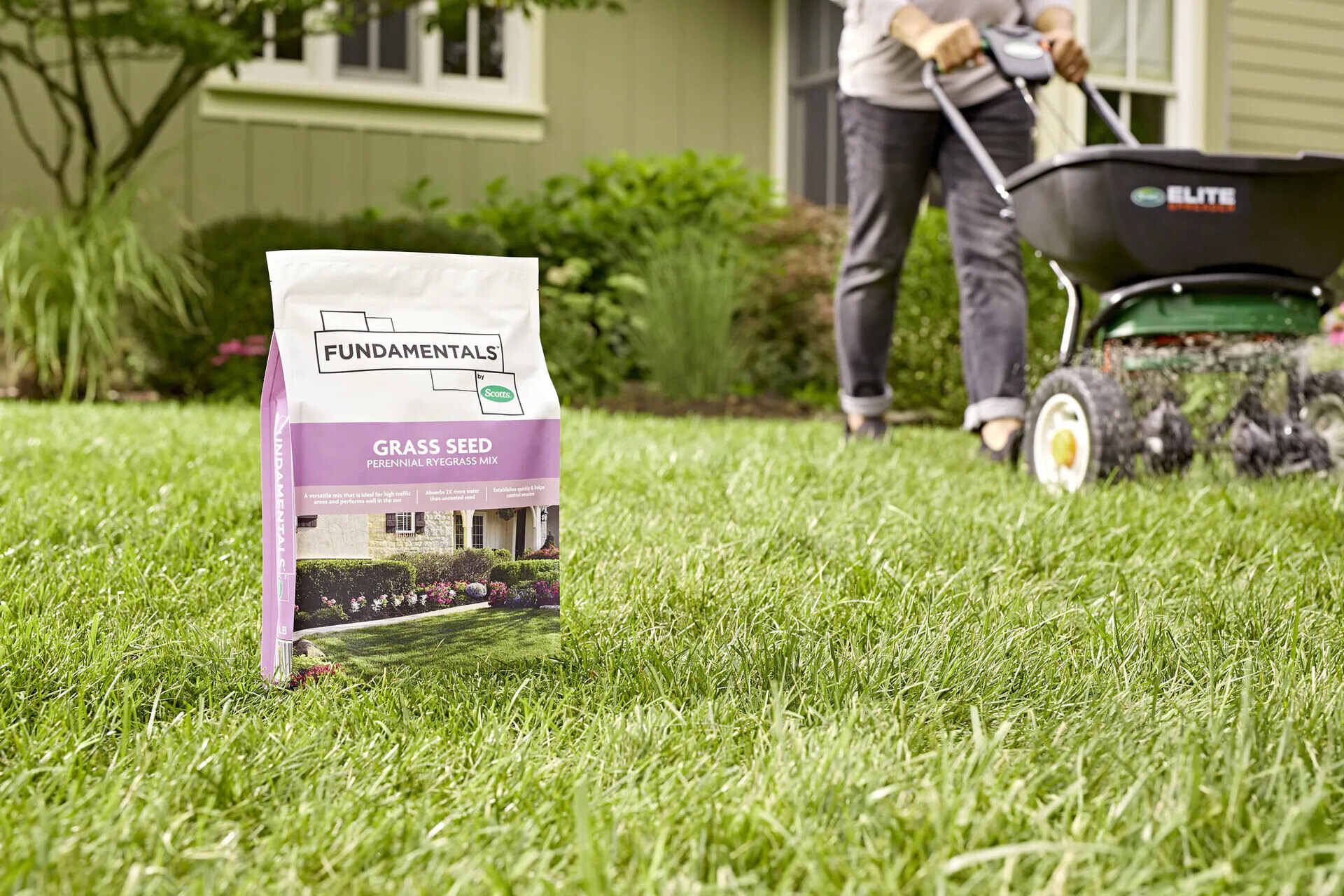
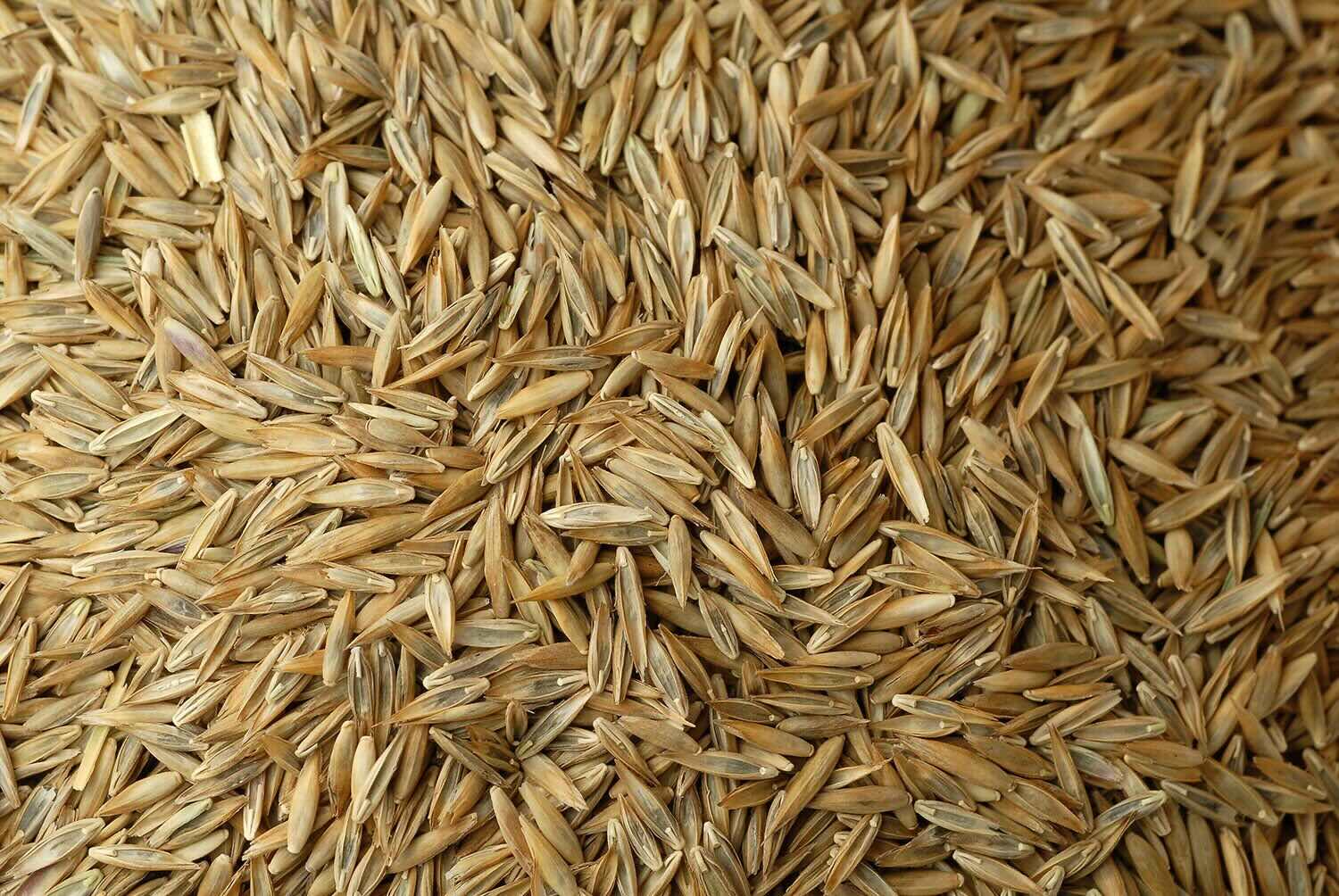
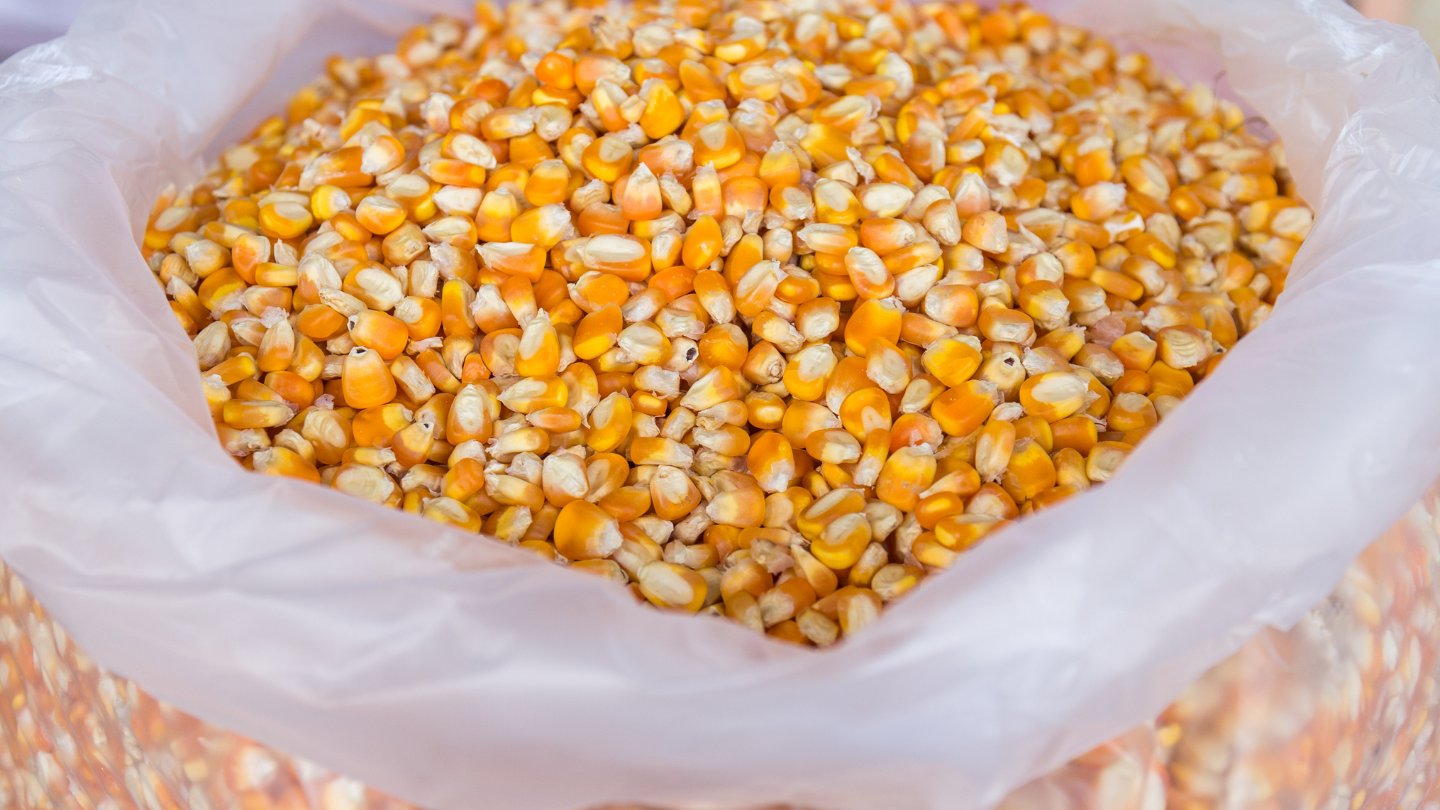
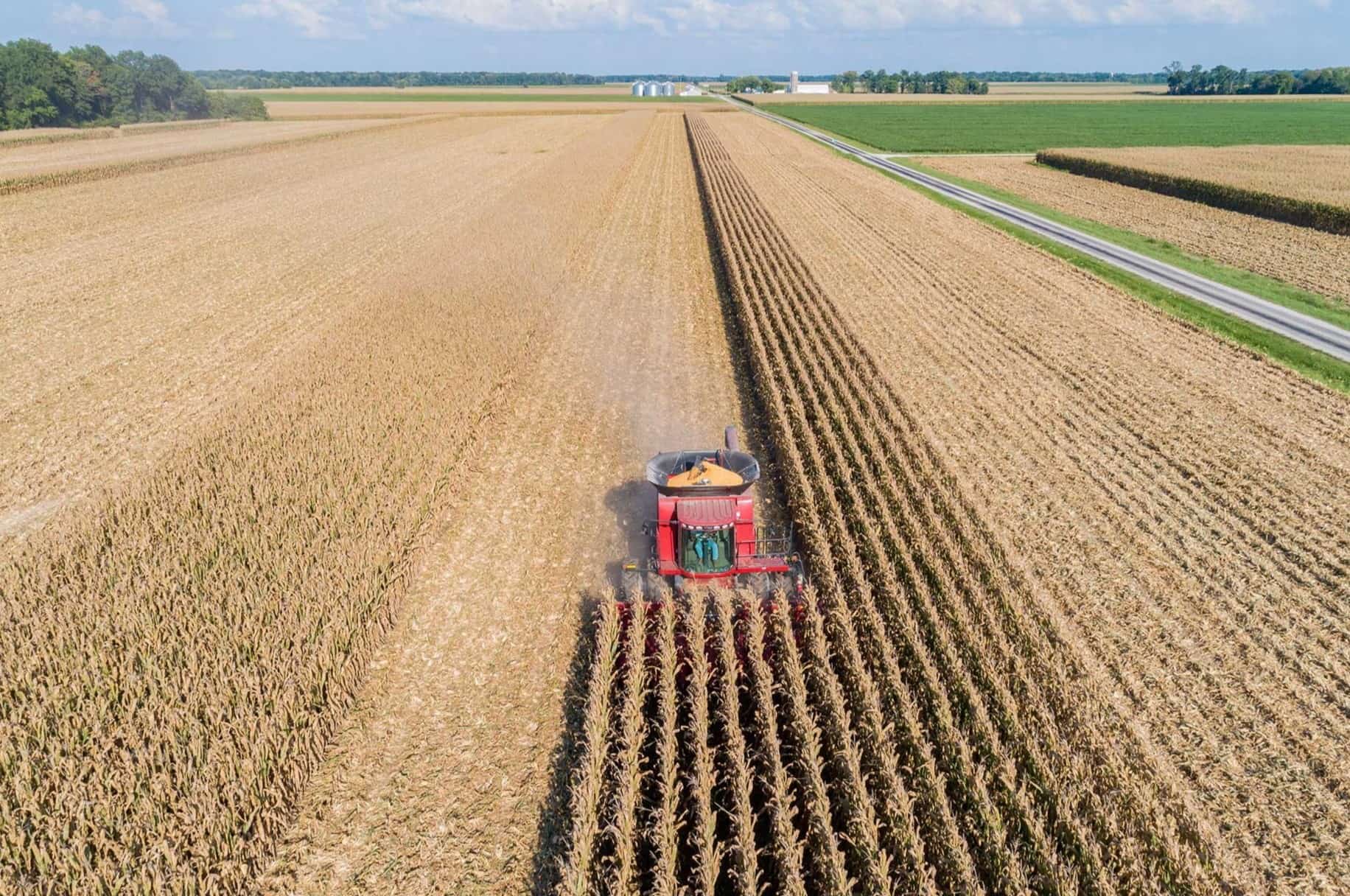
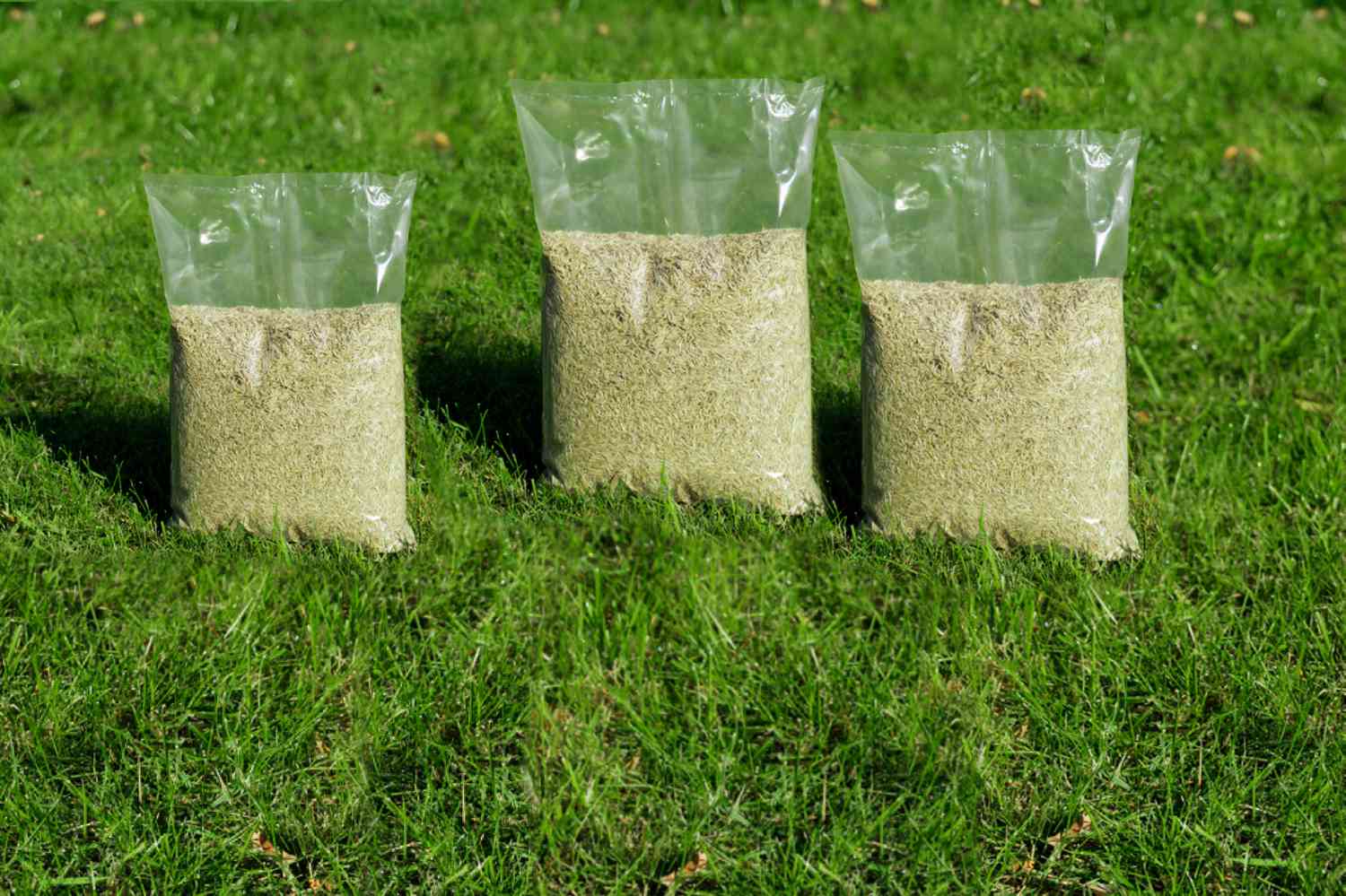
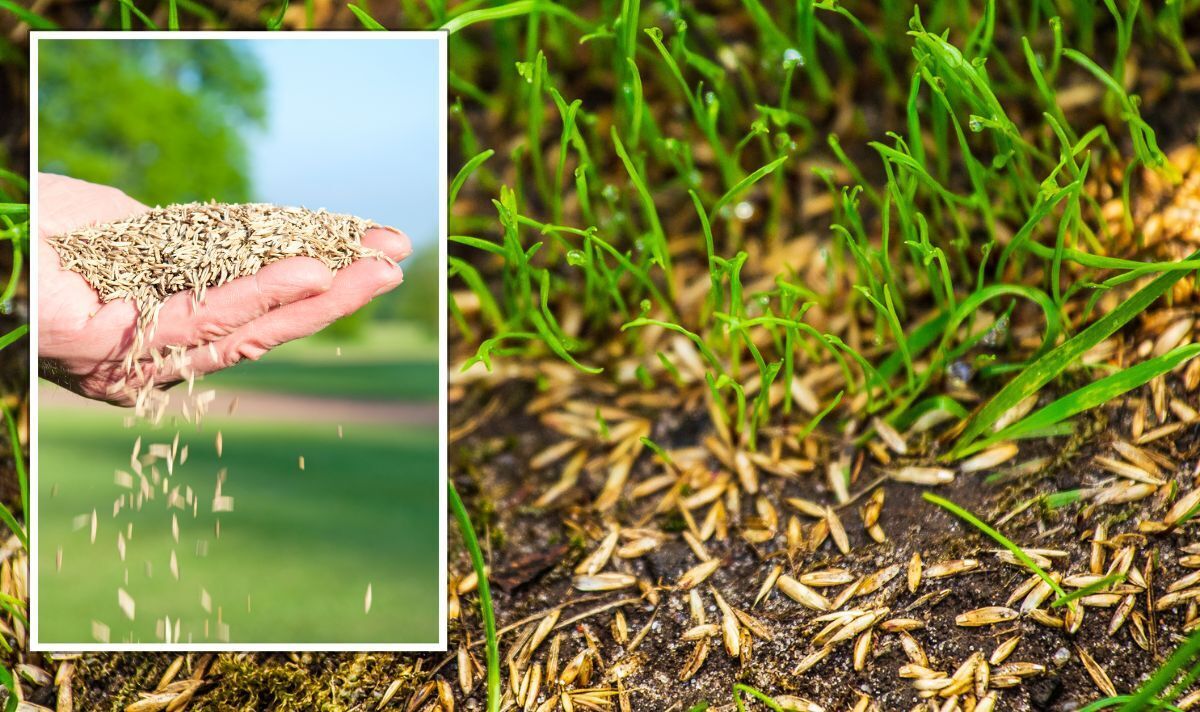
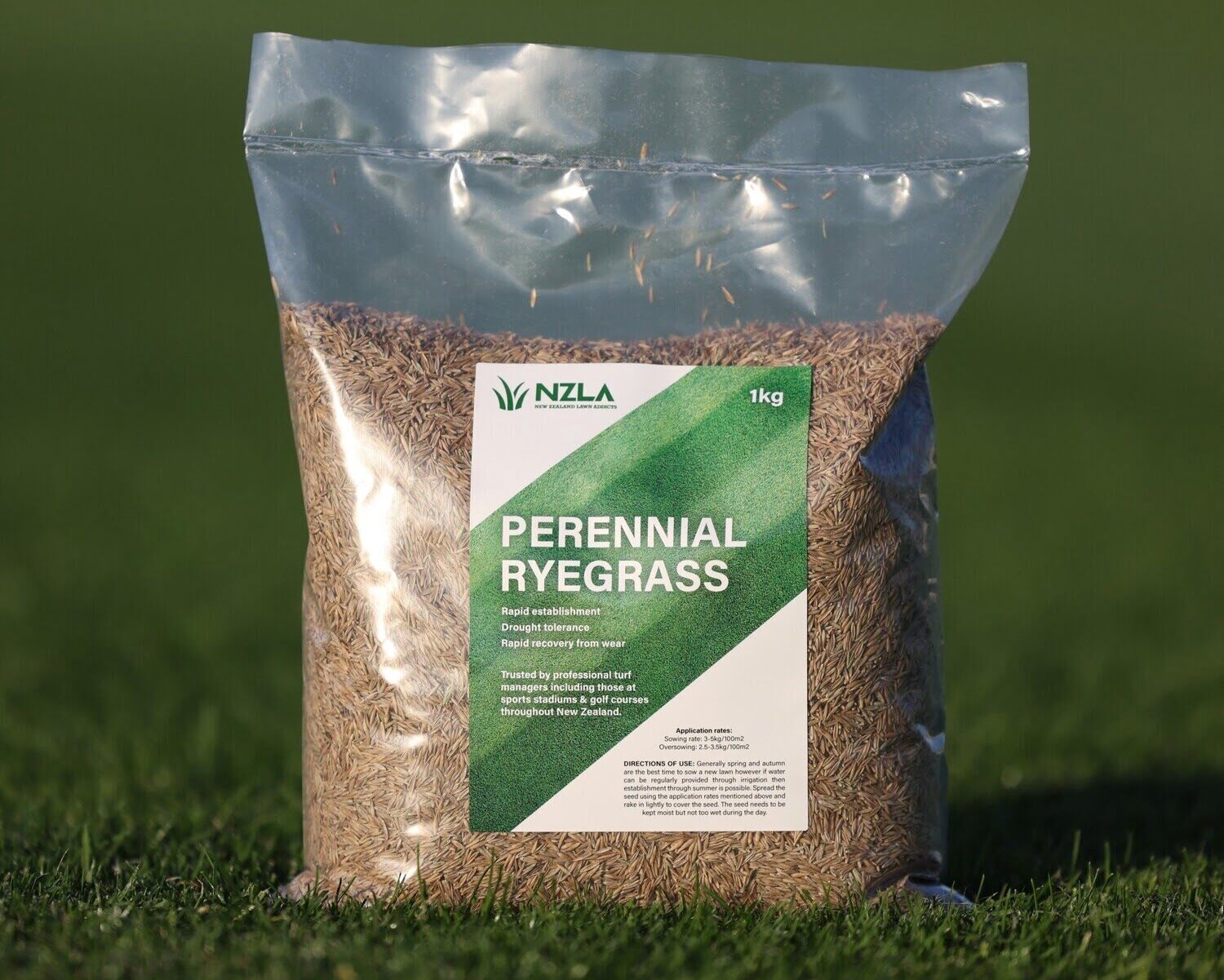
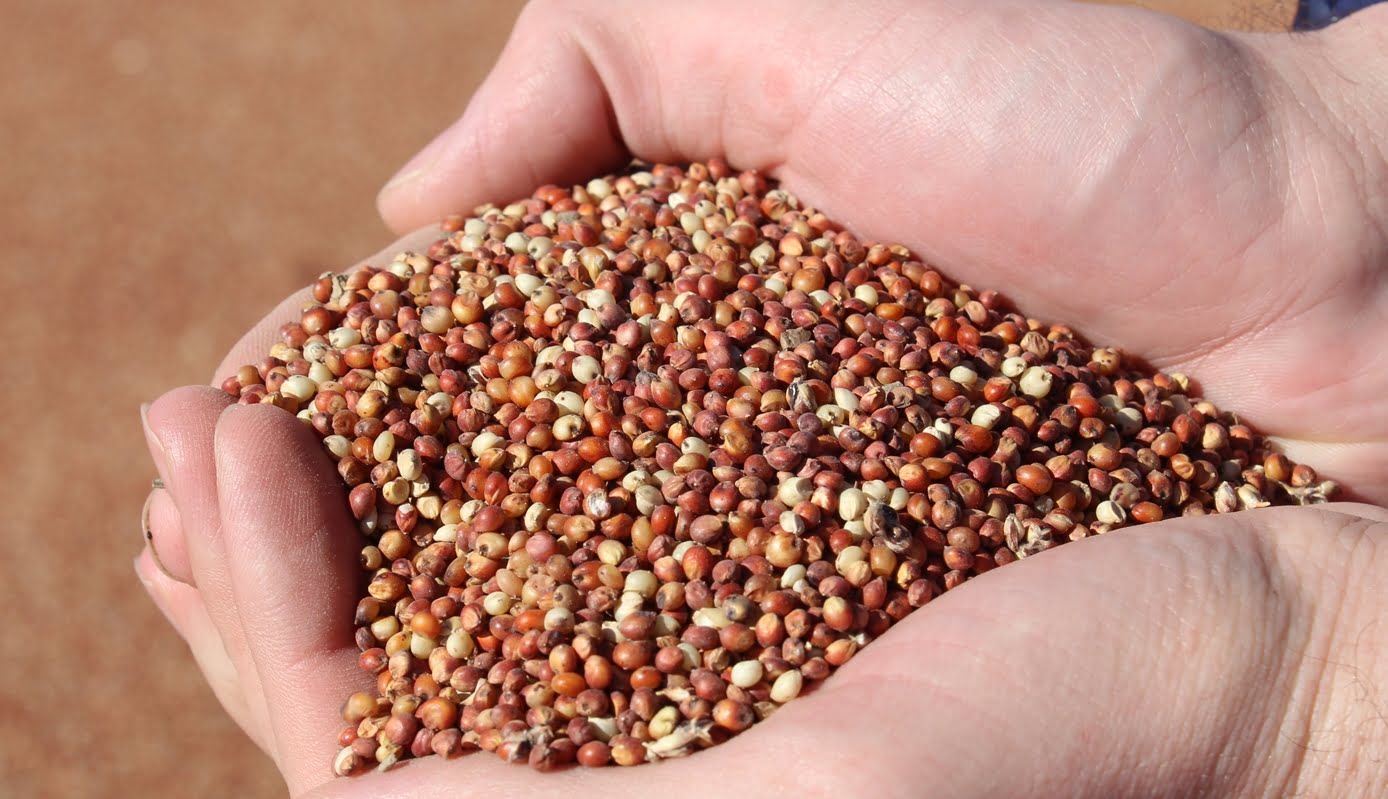
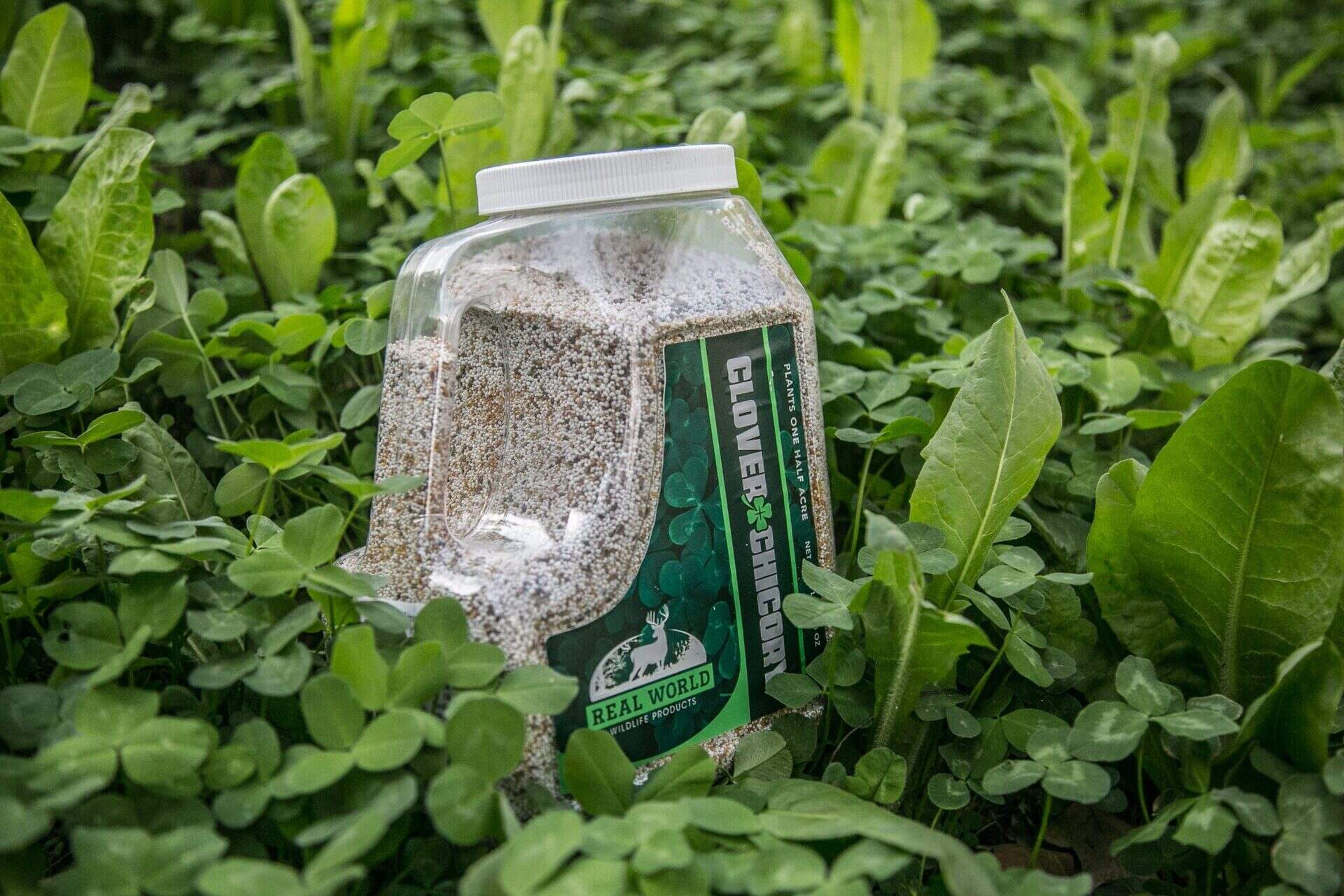

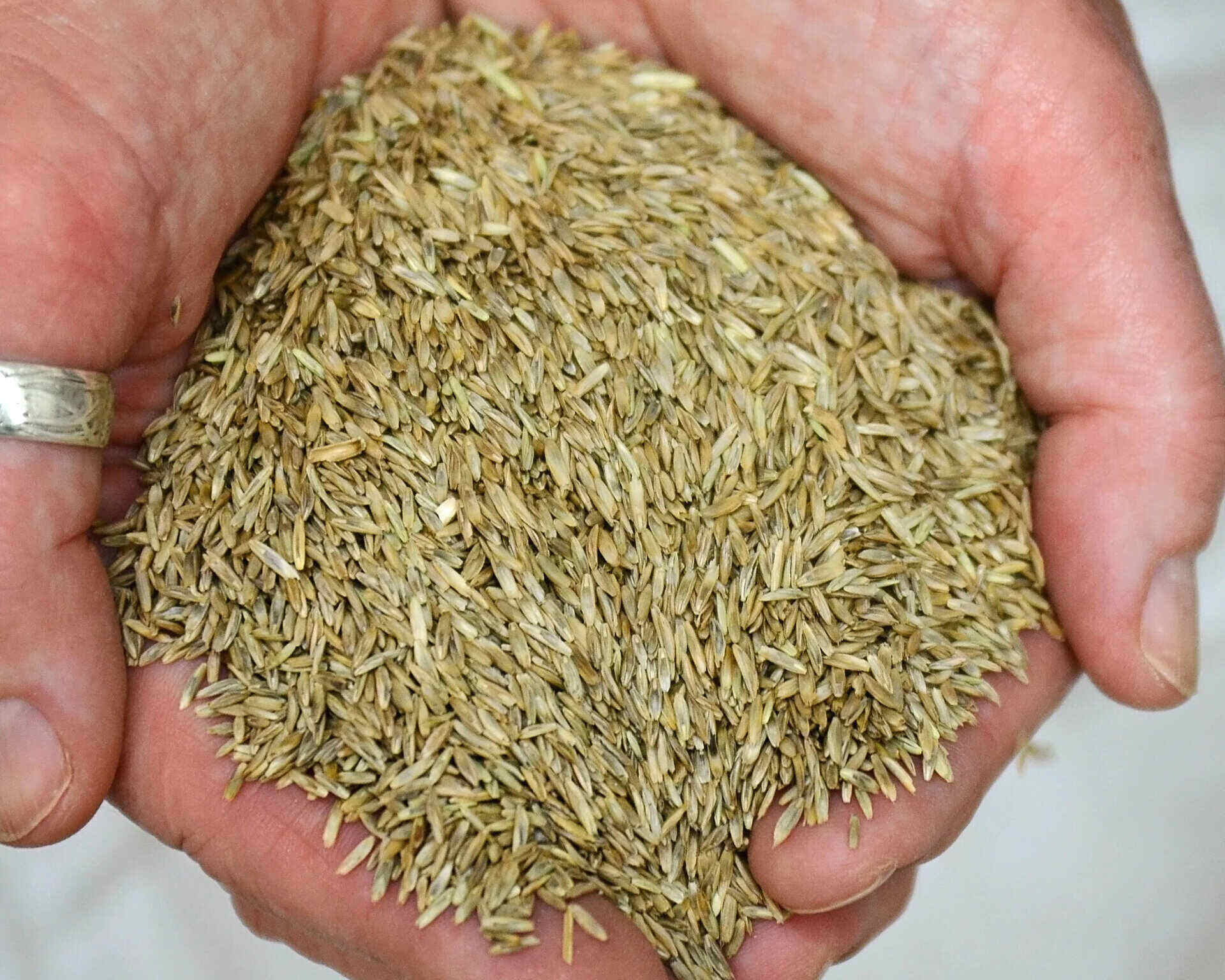
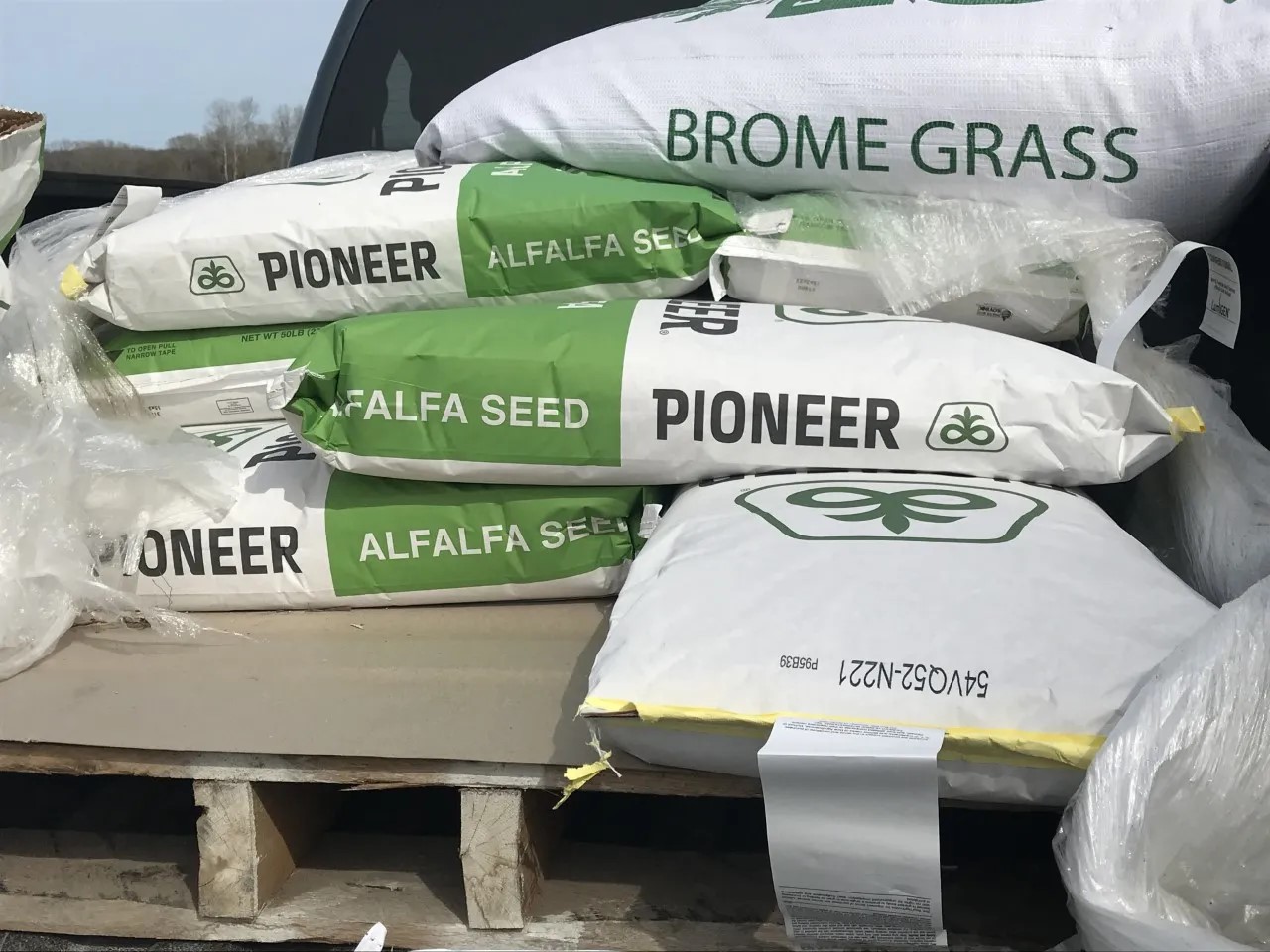
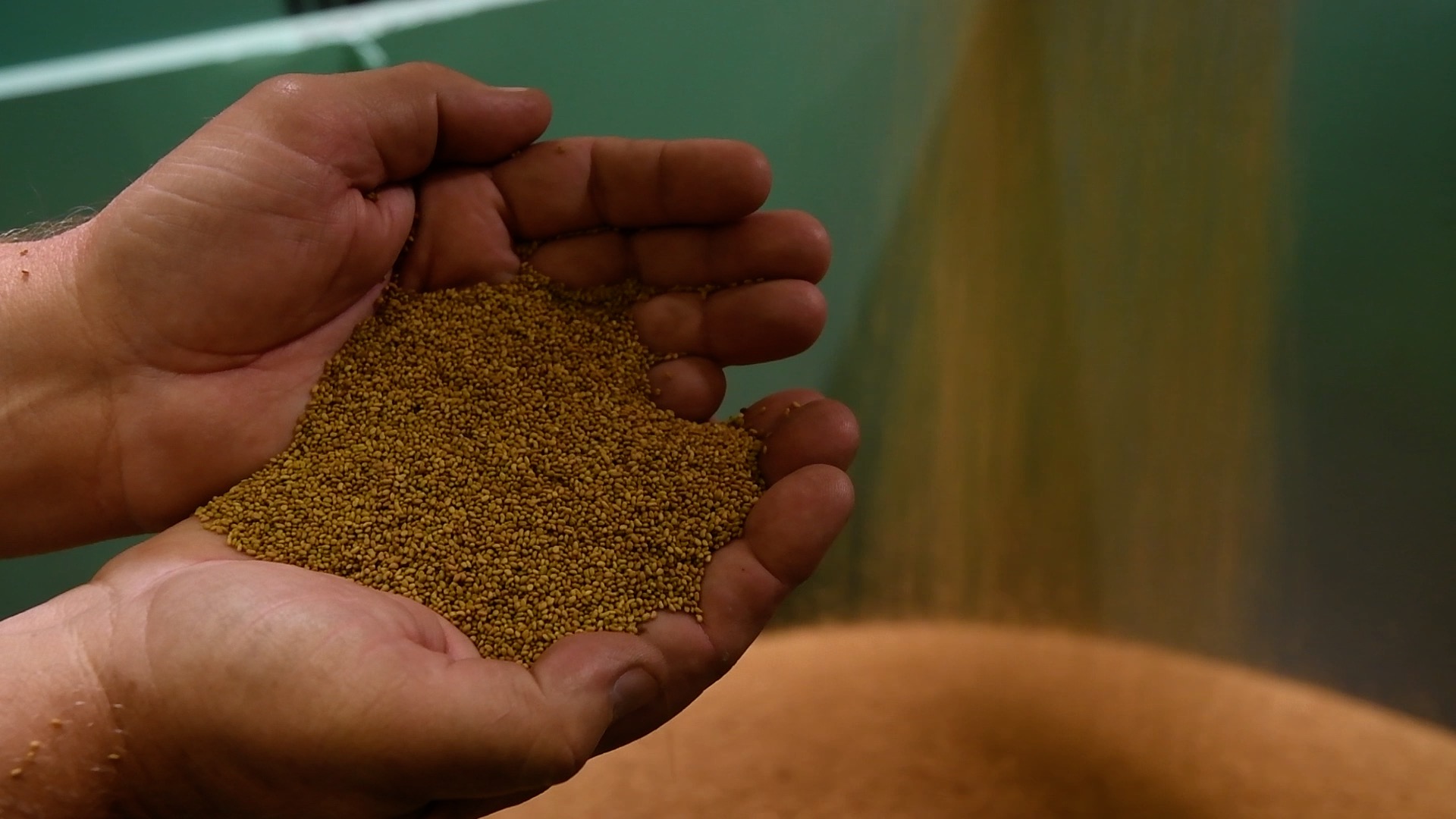
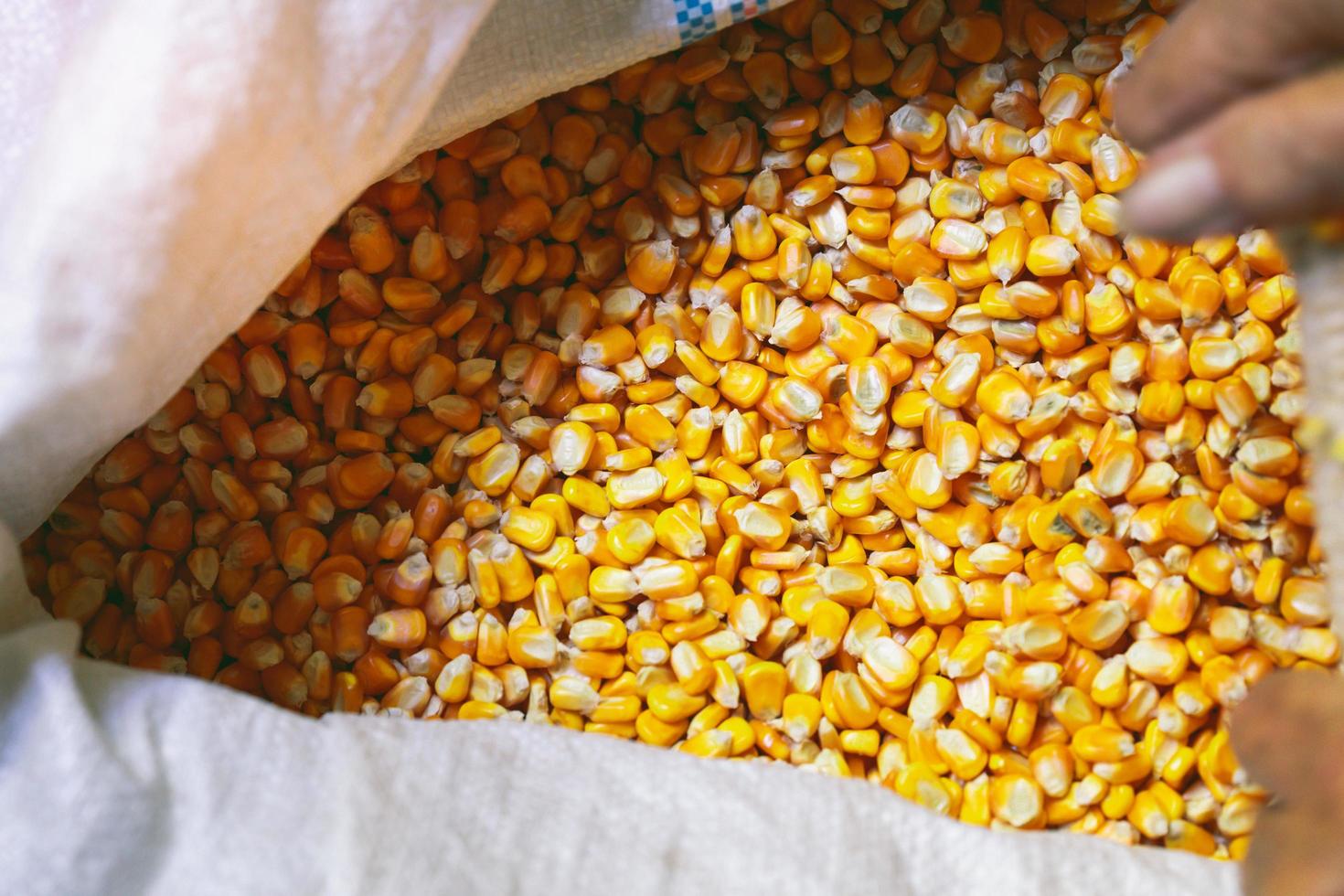

0 thoughts on “How Many Pounds Of Grass Seed Per Acre For Pasture”